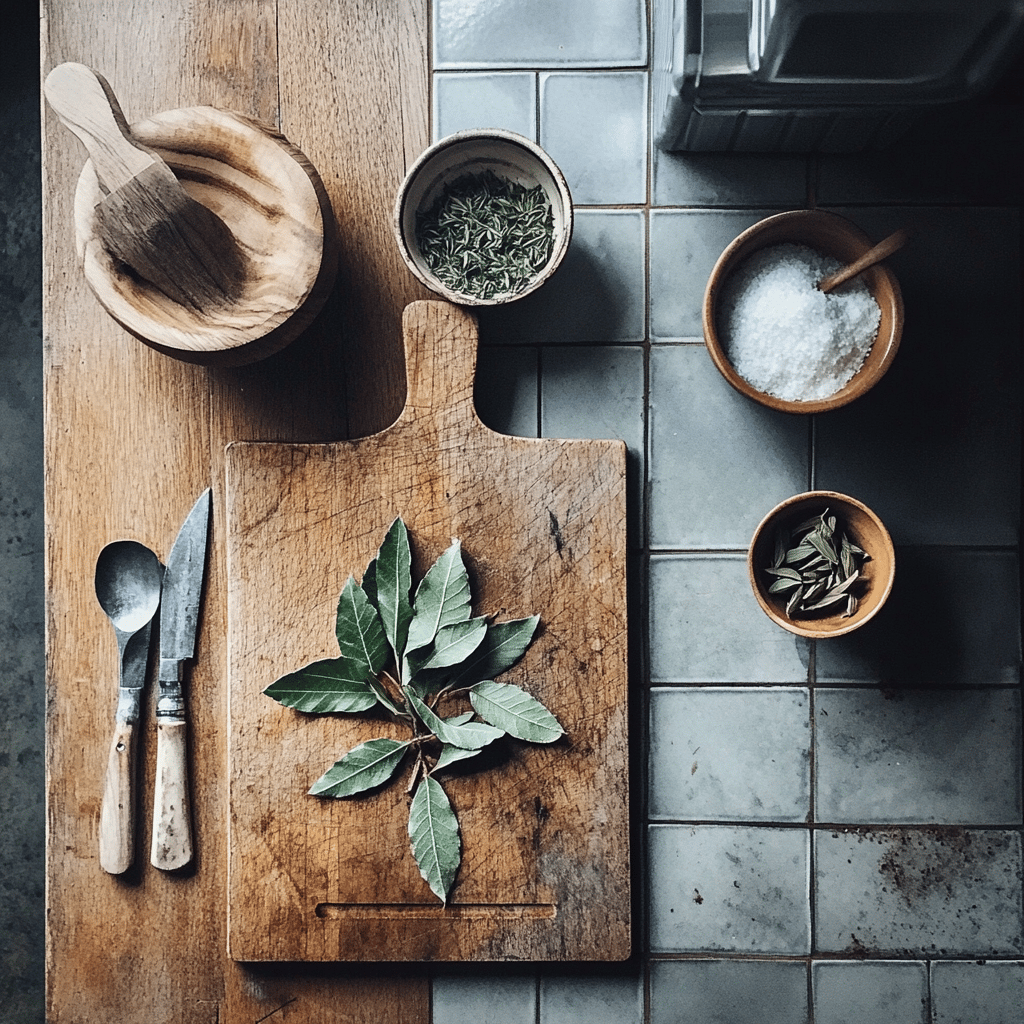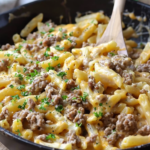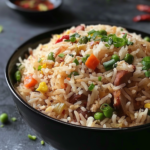The Best Fluffy Pancakes recipe you will fall in love with. Full of tips and tricks to help you make the best pancakes.

SEO-Optimized Excerpt
Discover the truth about bay leaves in culinary practices. Do they really enhance flavor or are they simply a decorative addition to your dishes? Read on as a chef settles the age-old debate.
Introduction
For countless home cooks and professional chefs alike, the presence of bay leaves in the spice cabinet can be a point of contention. Are they crucial for flavor, or are they just a conventional ingredient that we toss into pots out of habit? In this article, we’ll delve into the mystery surrounding bay leaves, exploring their history, culinary uses, and whether they truly contribute to the flavor of your meals. So, let’s embark on this journey to settle the debate once and for all!
The History of Bay Leaves
Bay leaves have been used in cooking for thousands of years, dating back to the ancient civilizations of Greece and Rome. Here’s a brief overview of their fascinating history:
The Origins of the Bay Leaf
– **Geographic Roots**: Bay leaves come from the bay laurel tree, scientifically known as Laurus nobilis, which is native to the Mediterranean region.
– **Culturally Significant**: In ancient Rome, laurel branches were used to crown victors in athletic competitions and military leaders, symbolizing strength and victory.
– **Medicinal Uses**: Historically, bay leaves were also valued for their medicinal properties, believed to aid in digestion and have anti-inflammatory effects.
The Science Behind Bay Leaves
Understanding the composition of bay leaves can provide insights into their culinary role.
Flavor Compounds
– **Aromatic Oils**: Bay leaves contain essential oils, such as eugenol, which can impart a subtle aroma to dishes.
– **Flavor Profile**: While bay leaves offer a mild, herbal flavor, the taste is rather elusive. This characteristic has led many chefs to question their necessity.
Bay Leaves: Functional or Decorative?
Contrary to popular belief, bay leaves may not significantly alter the taste of your recipes, but they can still play an essential role in your cooking.
How Bay Leaves Are Used in Cooking
– **Flavor Enhancement**: When simmered in soups, stews, and sauces, bay leaves can add depth and complexity to dishes, often described as fragrant and earthy.
– **Aromatic Addition**: With their unique aroma, bay leaves can elevate a dish by blending harmoniously with other spices and herbs.
Cooking Techniques with Bay Leaves
– **Infusing**: Add bay leaves to broths or sauces for an aromatic infusion that can linger throughout the dish.
– **Simmering**: The longer they simmer, the more they release their properties. However, cooking for too long can lead to a bitter taste.
– **Removing**: Always remember to remove bay leaves before serving, as they are tough and intended for flavor extraction rather than consumption.
Do Bay Leaves Really Make a Difference?
The true impact of bay leaves remains subjective and often varies based on the dish. Here’s a nuanced breakdown:
What Many Chefs Say
– **Go-To Ingredient**: Many seasoned chefs advocate for the inclusion of bay leaves in traditional recipes like marinara sauce, gumbo, and slow-cooked meats.
– **Routine Preference**: Some chefs utilize bay leaves out of habit rather than necessity, while others appreciate their subtle complexities.
Experiments in Flavor Testing
Countless culinary experiments have been conducted to test the effectiveness of bay leaves, often yielding mixed results.
– **Blind Taste Tests**: Some studies showed no significant difference in flavor between dishes prepared with and without bay leaves.
– **User Experience**: Others experienced a discernible change, indicating that perception plays a huge role in how flavors are assessed.
User Experiences and Conversations
Many home cooks express frustration over the seemingly arbitrary need for bay leaves. What are they contributing?
– **Divided Opinions**: Some swear by the aroma they add to stocks or braised dishes, while others find them superfluous.
– **Experimentation**: There’s a trend among cooks to leave them out when trying new recipes, only for some to find themselves returning to their use for traditional family dishes.
Alternatives to Bay Leaves
If you’re still unsure about using bay leaves or prefer alternatives, here are some options that can replicate their aromatic qualities.
– **Thyme**: With a flavor profile that complements many dishes, fresh or dried thyme can be a great substitute.
– **Oregano**: This herb carries a similar earthiness that can enhance flavor without bay leaves.
– **Rosemary**: Its robust flavor can add depth to your meals, especially in stews and roasted dishes.
Practical Tips for Cooking with Bay Leaves
If you decide to incorporate bay leaves into your cooking routine, consider these practical tips to maximize their potential.
Storing Bay Leaves
– **Keep Them Dry**: Store bay leaves in an airtight container, away from moisture and heat sources, to retain their aroma.
– **Check Freshness**: Always opt for fresh or high-quality dried leaves; crinkled, browned leaves may lack flavor.
Using Bay Leaves in Recipes
– **Pairing**: Combine bay leaves with warm spices like cinnamon or cloves for spiced dishes during the colder months.
– **Essential Step**: For optimal flavor, add bay leaves early in the cooking process, allowing them time to infuse.
Experiment in Your Kitchen
– Consider trying *bay leaves* in a range of dishes, from savory soups to cream sauces, to discover what works for you.
– Another delightful recipe that allows your creativity to shine is the [Savory 20-Minute Shrimp Bake](https://exesrecipes.com/savory-20-minute-shrimp-bake/), which combines rich flavors that may benefit from the addition of bay leaves.
Conclusion
So, do bay leaves do anything? While they may not be a make-or-break ingredient, they certainly add a dimension of flavor that many cherish in traditional dishes. Ultimately, their use comes down to personal preference – and perhaps even nostalgia.
If you’re experimenting in the kitchen and are curious about how different ingredients can affect your meals, why not try making something delicious like [Tasty 30-Minute Mushroom Pasta](https://exesrecipes.com/tasty-30-minute-mushroom-pasta/)? This dish allows you to explore a variety of flavors and enjoy depth without traditional boundaries.
Now that you have a clearer understanding of bay leaves, how will you make use of them in your cooking? Happy cooking!





